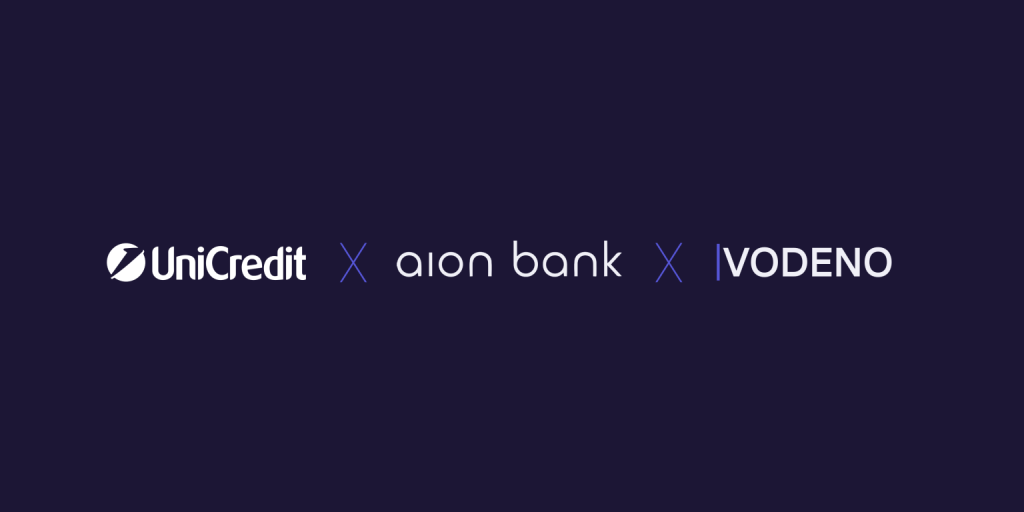Jean-Jacques Le Bon, Chief Strategy and Product Officer, Vodeno
Experts forecast that the global Banking-as-a-Service (BaaS) market value will grow five times over between 2022 and 2032, rising from $4 billion to $22.6 billion.
Why? Fundamentally, there is ever more awareness of the opportunities that BaaS-enabled embedded finance presents across different sectors. We outline some great examples of the disruptive potential of embedded finance in these industry-focused blogs: mobility, retail and eCommerce marketplaces.
Across the board, brands across multiple sectors are seeking innovative ways of attracting and retaining more customers, as well as creating new revenue streams and diversifying into new markets. Embedded finance can deliver all that and more, triggering a recent surge in BaaS adoption.
For now, let’s delve into some of the specific, timely factors at play. Here are five market dynamics driving BaaS adoption in 2024.
- Economic climate sharpens focus on customer needs
High inflation and rising interest rates have shaped a difficult macroeconomic climate for both businesses and consumers in recent years. In turn, the hunt for financial products that can solve particular pain points has intensified, and the appetite for brands to find new ways to improve their customer journey is driving BaaS adoption.
This trend is set to continue.

Buy now, pay later (BNPL) is a prime example. When Aion/Vodeno commissioned a survey of more than 3,000 European consumers last year, we found that over a third (37%) were more likely to use BNPL and flexible payment options due to the cost-of-living crisis. BNPL allows customers to stagger and delay payments, alleviating cashflow challenges that have become particularly pronounced since 2022.
- Customers looking beyond banks for financial products
Consumer behaviour toward financial services is changing: more people trust the brands they use every day to access banking products.

More research from Aion/Vodeno underlined how millennials and Gen Z are the leading examples of this. Our survey found that 52% of 25-34-year-olds prefer using financial products and services from their favourite brands over traditional banks. The same number (52%) think brands are better than banks at offering financial products that are tailored to their needs.
As BaaS adoption has increased, and embedded finance solutions have become more commonplace within the customer journey, many consumers no longer think twice about embracing credit, cards, accounts or payment solutions from a non-financial business. And as demand from the end user grows, so too does the demand for BaaS adoption.
- Greater understanding of what makes a successful BaaS deployment
Gartner’s Hype Cycle states that all emerging technologies follow a similar journey. They burst onto the scene, there is a spike in interest, and then a ‘trough of disillusionment’ as the hype fails to match up with reality. But, the technology then climbs the ‘slope of enlightenment’ towards the ‘plateau of productivity’. The BaaS market is climbing that slope.
If there was previously a rush to jump on the BaaS bandwagon, there is now an increased understanding that there is a real need and appetite for embedded finance from consumers.

Success requires the BaaS adopter to have an in-depth understanding of their customers. Their offering, their market, their customers and their customer journey all must be considered when creating a BaaS strategy. Once extensive insight gathering is complete, the BaaS provider will understand where frustration and friction points lie within the customer journey. In turn, it can identify the best BaaS solutions to help make the experience better.
- Expanding beyond payments
Payments have been the most widely adopted use case for BaaS deployment to date. The rapid growth of the global Payment-as-a-Service (PaaS) market – where financial institutions outsource payment processing infrastructure and expertise to other businesses – underlines this point. The global PaaS market is predicted to more than treble in value from $12.8 billion in 2022 to $40.6 billion by 2030.
This is understandable: quick and frictionless payments are at the heart of a good customer experience. Solving payments headaches is therefore a common starting point when businesses engage with BaaS providers – most are keen to improve speed, lower costs, and offer greater choice to customers when making transactions.

With the payments segment of the BaaS market well established, we will now see many of those same adopters considering other BaaS solutions to further improve their customer journey, including cards, accounts and credit solutions, and more.
- More attention being paid to regulation and compliance
Finance and banking are heavily regulated sectors. However, to date, many BaaS projects have been deployed without sufficient consideration of regulation and compliance.

Licensing is pivotal in the provision of BaaS. It dictates which embedded finance products BaaS providers can deliver to clients. Vodeno has access to a full banking licence via Aion Bank, which enables a much broader range of solutions, such as accounts, the ability to hold deposits and offering lending solutions like BNPL. Compare that to an Electronic Money Institution (EMI) licence, which is limited to payment services, such as transferring funds between accounts, settling purchases and issuing electronic money.
Meanwhile, clients need to be assured that their provider is able to offer regulatory and compliance expertise in areas such as know your customer (KYC), anti-money laundering (AML) and customer onboarding, and this compliance must apply across different territories and markets where end users are located.
Yet, successful BaaS deployments are never guaranteed. Businesses considering BaaS must choose providers that deliver an end-to-end service – one that combines technology, the banking licence, compliance and risk management, alongside consultation for effective go-to-market strategies. The benefits of BaaS are being realised across multiple sectors and use cases, and at the heart of its value is creating a better customer experience, which drives conversion, encourages repeat visits and fosters better loyalty.
Do you want to learn more about how Banking-as-a-Service and embedded finance can transform your business or industry? Then get in touch with Vodeno today.


